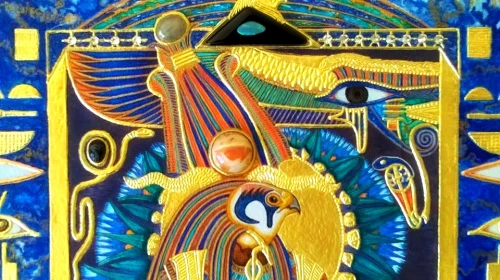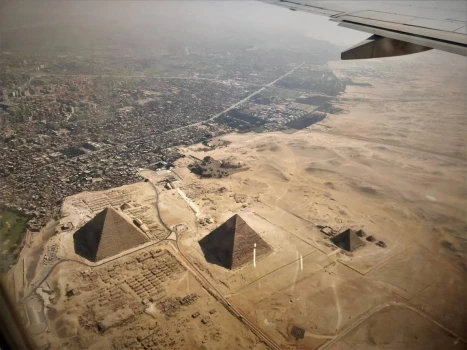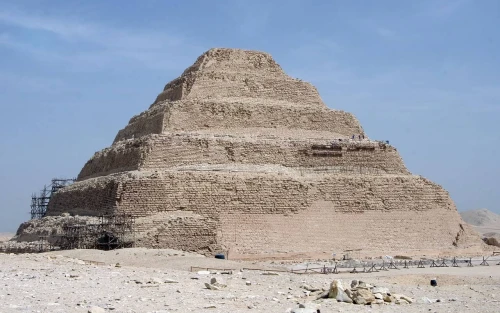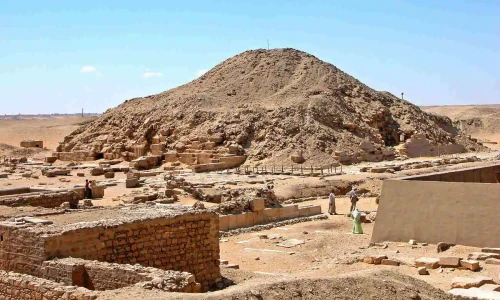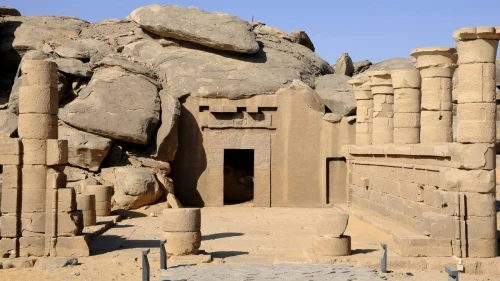
In Egypt's Nubian region, there is a modest yet notable temple called Beit El-Wali. This sandstone temple is an architectural marvel that gives visitors a glimpse into the fascinating history and culture of ancient Egypt, despite being mostly ignored by tourists.
History of Beit El-Wali temple
Beit El-Wali, which was built by Pharaoh Ramesses II to honour the deity Amun and mark his victory in the Battle of Kadesh, was wholly built by the pharaoh himself. Because it hasn't been altered since it was built, the temple is a rare example of original ancient Egyptian architecture.
Relief sculptures that depict incidents from the Battle of Kadesh and offerings presented to the gods are carved delicately into the exterior of the temple. The bright murals that have stood the test of time in the inside are equally striking. The transfer of the temple to its current location during the construction of the Aswan High Dam was a feat of engineering that exemplifies the commitment to protecting this priceless piece of history.
Comparatively undiscovered to Egypt's other major tourist attractions, Beit El-Wali offers travellers the chance to discover this hidden treasure at their own pace and away from the masses. The tranquil setting on the banks of the Nile River enables guests to enjoy the stunning views of the surrounding desert environment.
All in all, Beit El-Wali is a must-visit area for anyone with an interest in the set of experiences and design of old Egypt. For inquisitive voyagers, it is an extraordinary and inestimable experience because of its unmistakable characteristics, innovation, and phenomenal conservation. Beit El-Wali is an unquestionable requirement for a great and illuminating excursion to Egypt, whether or not you are an engineering fan, history buff, or just looking for a one of a kind objective.
 English
English
 Spain
Spain


